A Class ACT
Arras
1 December 2024
|
Amanda Dunstan

Amanda Dunstan, ACT's Finance Manager, takes us to Arras: a northern French city that exemplifies resilience in the face of adversity. Also known for its enchanting Christmas market, it's a fitting destination for our final Class ACT of the year.
Amanda explains: “I was drawn to Arras because of my son’s interest in war history. He had already visited some of the battlefields in the area and encouraged me to discover what he described as a stunning and deeply moving place. I was intrigued by the remarkable story of its inhabitants, who, after suffering devastating bombardments during the First World War, made the extraordinary decision to rebuild their city exactly as it was. I was keen to experience Arras in person and learn more.”

By 1918, Arras was in ruins. The old city was reduced to rubble under the shelling of the German Army. Much of its architectural heritage was destroyed, including the 16th century town hall, bell tower and the Abbey. Just 5% of the houses in the city were still habitable.
(Image: View of Arras which has been wrecked by shellfire. Credit: National Library of Scotland, CC0, via Wikimedia Commons)
“I respect Arras’s commitment to restoring its historic buildings back to their original grandeur, rather than opting for shortcuts.” says Amanda.
“Using photographs and archive documents, the project’s chief architect Pierre Paquet designed facades that were faithful to the former buildings while ensuring that the interiors were built to modern specifications. Arras was painstakingly rebuilt over a period of approximately ten years.
Reconstructing an entire city from a pile of rubble is an incredible feat! It must have required an extraordinary level of determination, ambition and meticulous organisation. The result is an incredibly beautiful place – there are so many buildings to admire, it really takes your breath away. Standing in their midst feels like a living monument to the past, and is a poignant reminder of the battles that were fought to enjoy the life we have.”
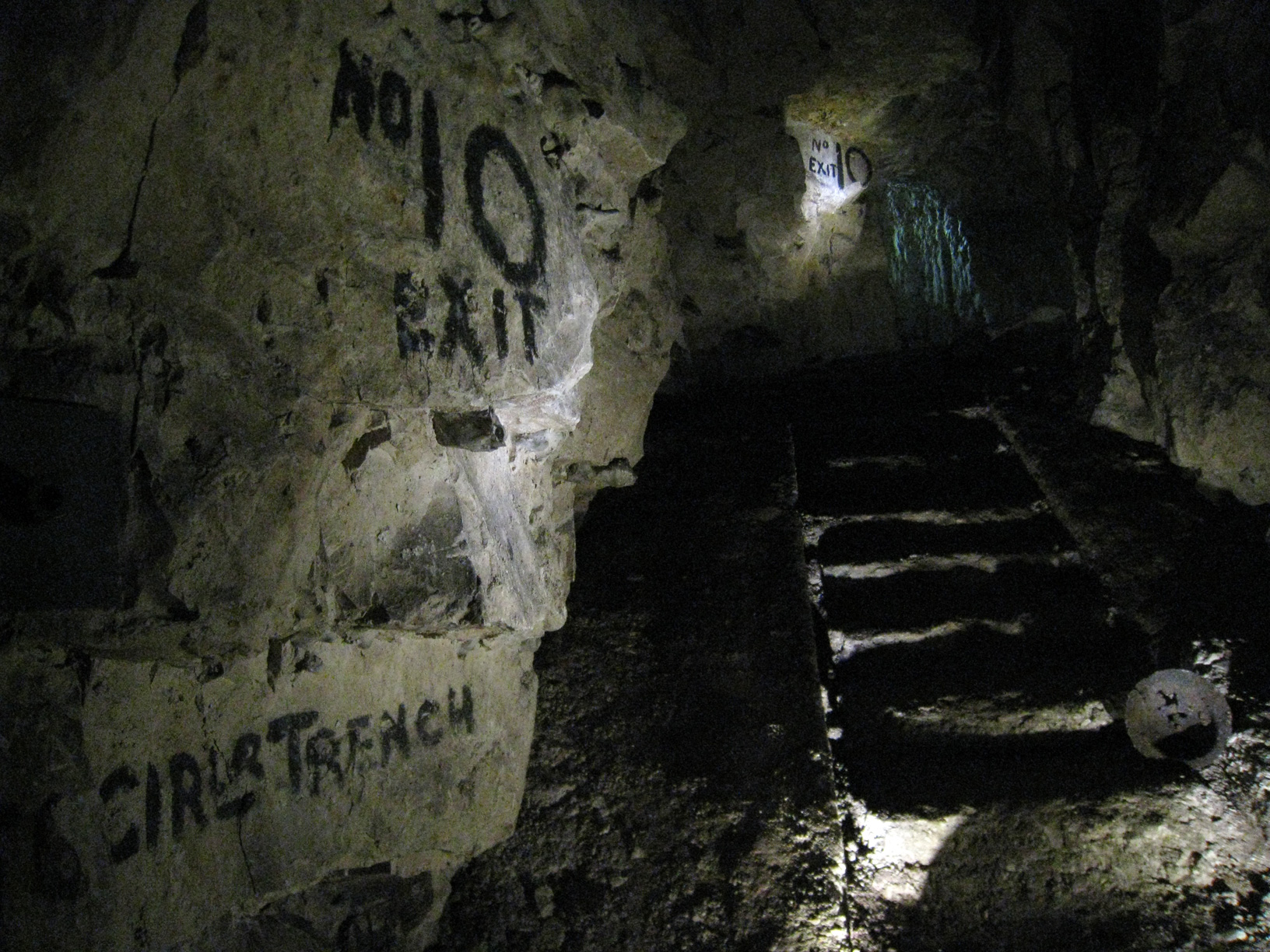
“Beneath the cobblestones of Arras lies a vast network of caves that were dug out from the ninth century onwards to provide stone for the town’s original buildings. Once work had moved to other extraction sites, the caves were then used as storage cellars by wealthy merchants.
During World War I, allied forces decided to reuse and extend these forgotten quarries to give them a tactical advantage. 500 miners from the New Zealand Tunnelling Company were brought in to dig 12 miles of tunnels, linking the ancient quarries together to form an underground pathway from the town centre to just in front of the German lines. Thousands of soldiers assembled in the tunnels before the Arras offensive began on 9 April 1917, when soldiers came out from their hiding place and charged at the German trenches.”
(Image: Original exit from the Wellington quarry. Credit: ChrisO at English Wikipedia, CC BY-SA 3.0 via Wikimedia Commons)
The subterranean system could accommodate up to 25,000 men and had running water, electric lighting, toilets, kitchens and a fully equipped hospital. The tunnellers named the individual quarries after their home towns, such as Auckland, Wellington, Nelson, Blenheim, Christchurch and Dunedin. The Wellington Quarry is now an underground museum which has been created in a section of the tunnels.
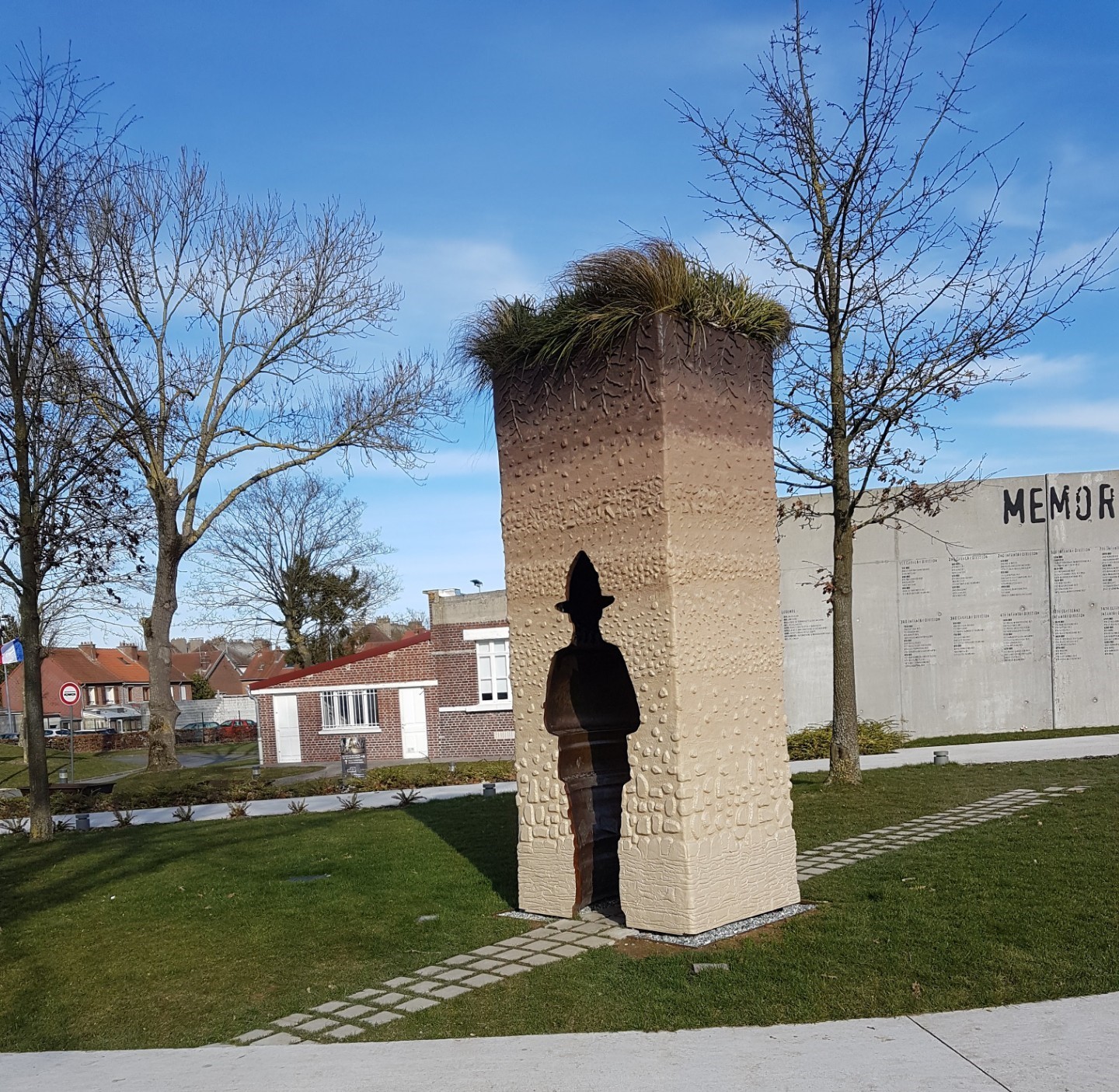
Outside the museum’s entrance is the monument “The Earth Remembers”. This was commissioned to mark the First World War centenary and is dedicated to the work of the New Zealand Tunnelling Company.
Created by New Zealand-born artist Marian Fountain who lives in France, the immense bronze sculpture measures over 3m wide by 50m high. It represents a section of the Arras quarries carved out by the silhouette of a New Zealand tunneller.
The space within this man is a symbolic tunnel, depicting some of the tunnellers and excerpts from their letters (as shown in the following images). The monument is topped by a section of soil with grass growing on it, representing one of the thousands of graves found in the grassed cemeteries in the area.
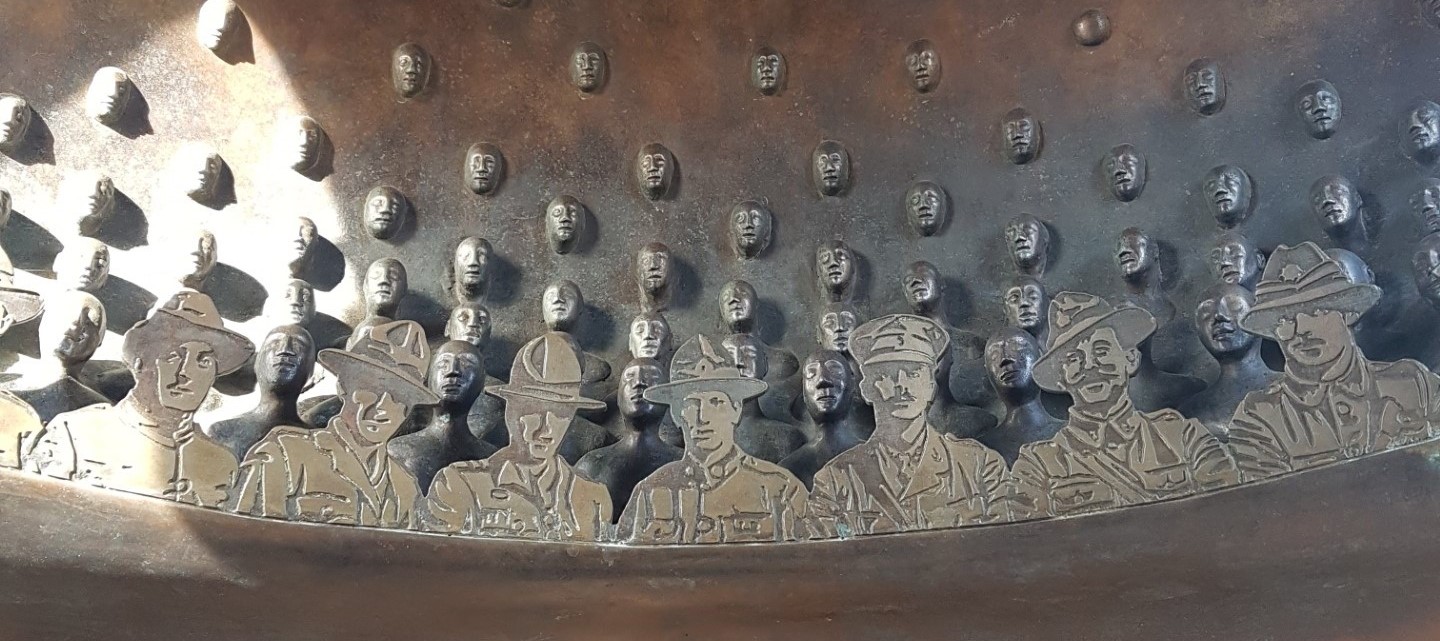
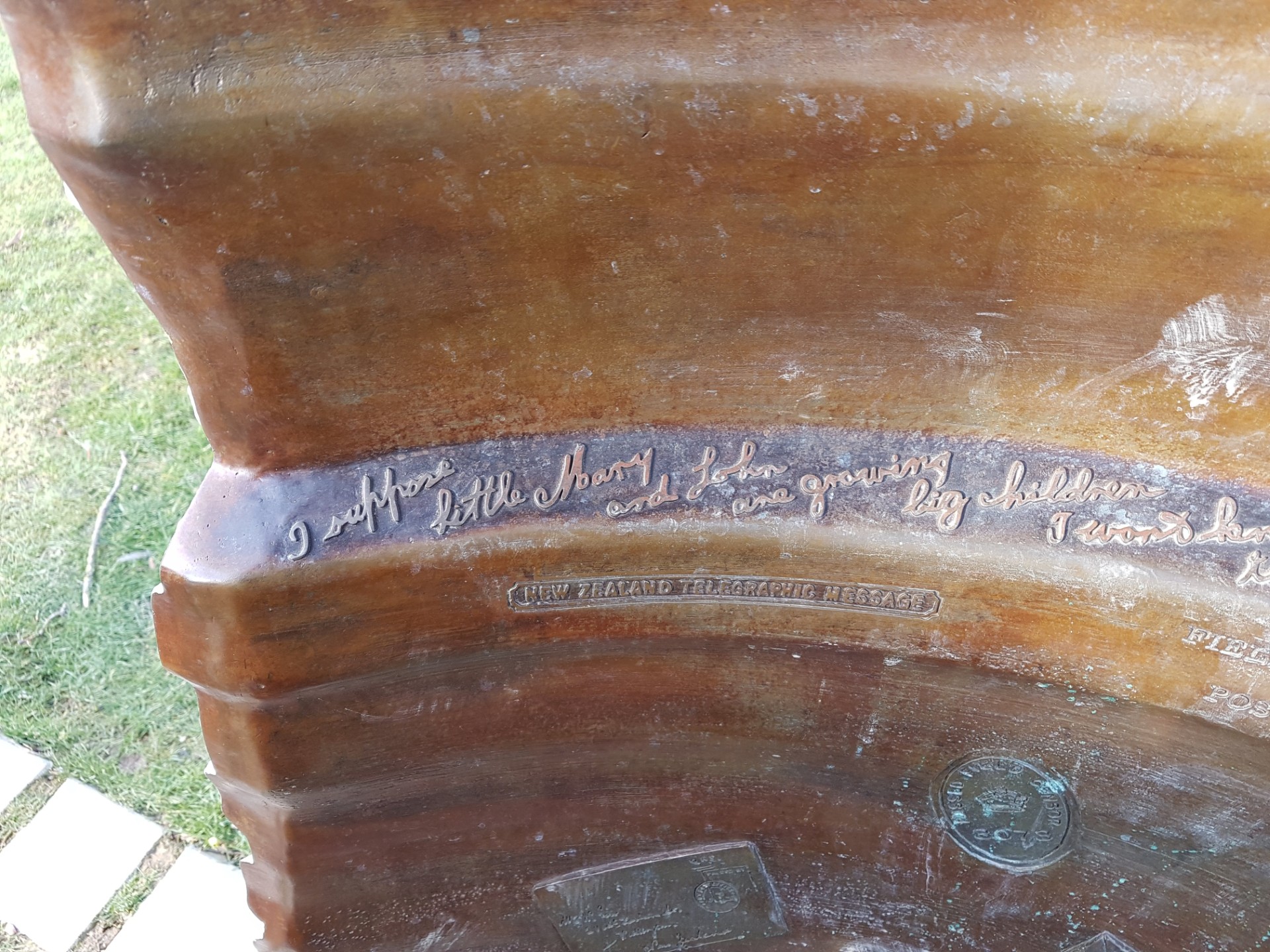
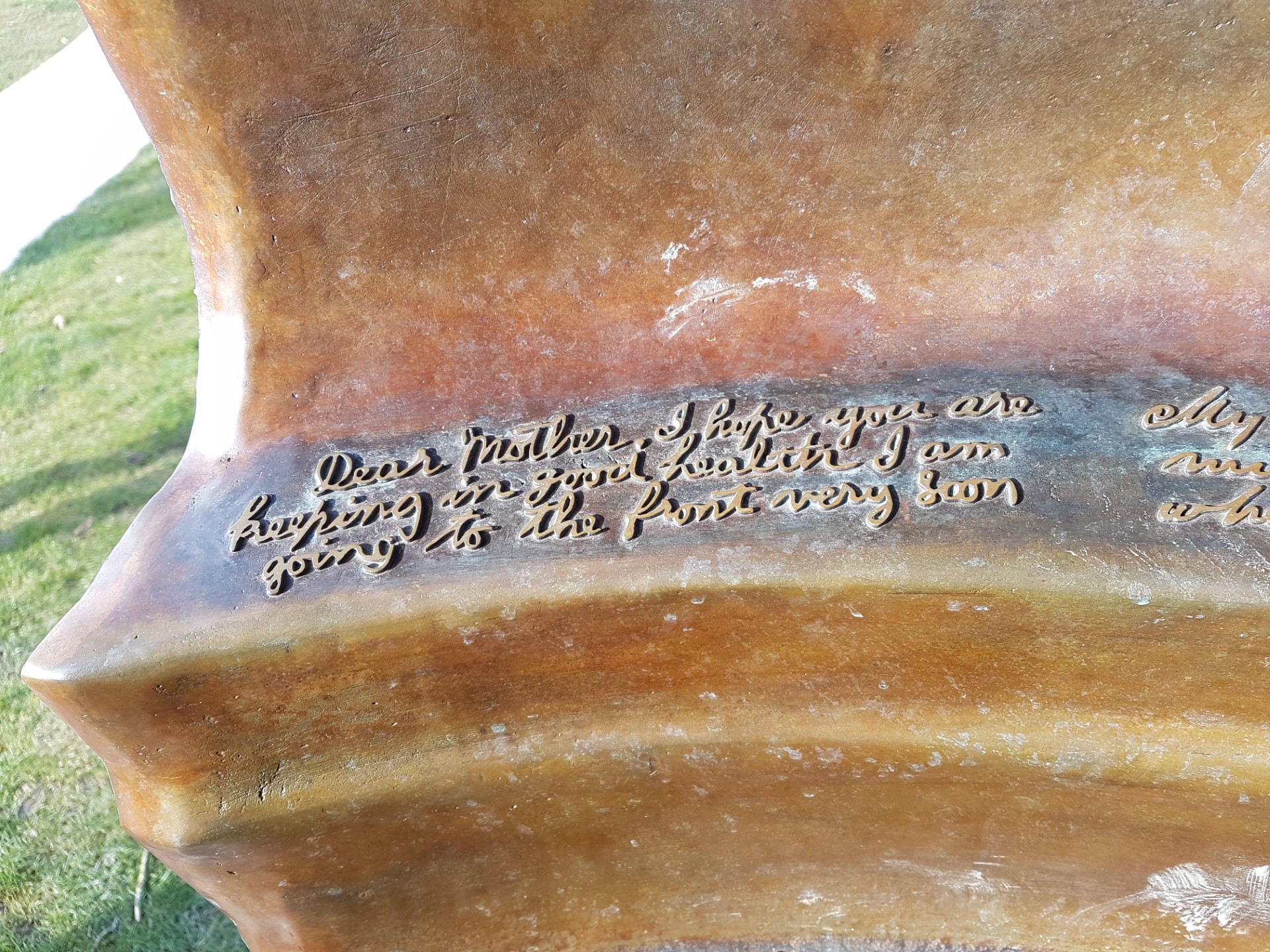
“Arras is a fascinating city. I’m in awe of the way its artisans united together, putting their skills to work to recreate glorious buildings – painters, carpenters, brick layers and metal workers all left their mark.
ACT prides itself on having a strong can-do approach, and with our directors hailing from Wellington, New Zealand, the story of Arras feels relevant on many different levels. There’s an inscription on the wall at the entrance to the Wellington Museum praising the New Zealand tunnellers for their excellent workmanship and the great relations they built with the various divisions. This perfectly captures what ACT strives for: dedication to outstanding craftsmanship paired with a focus on building strong relationships.
For all these reasons, Arras is a perfect example of a Class ACT”.
(Images: Amanda’s own except where credited otherwise)

